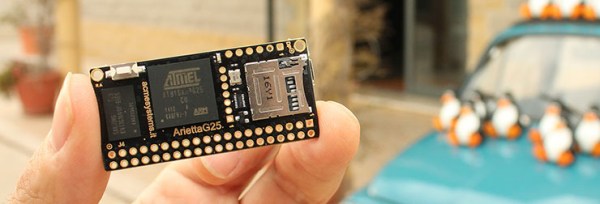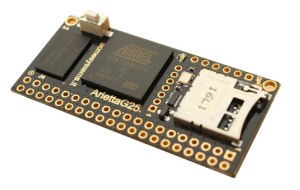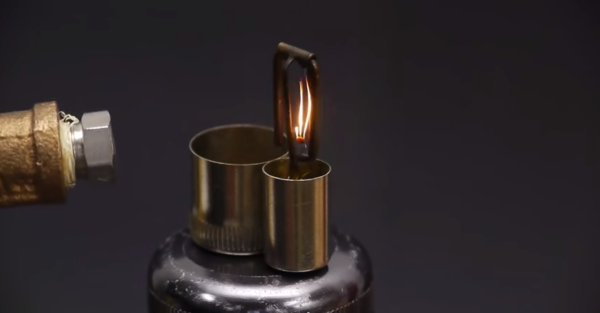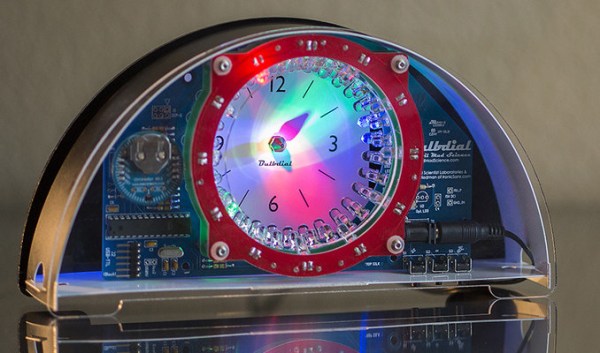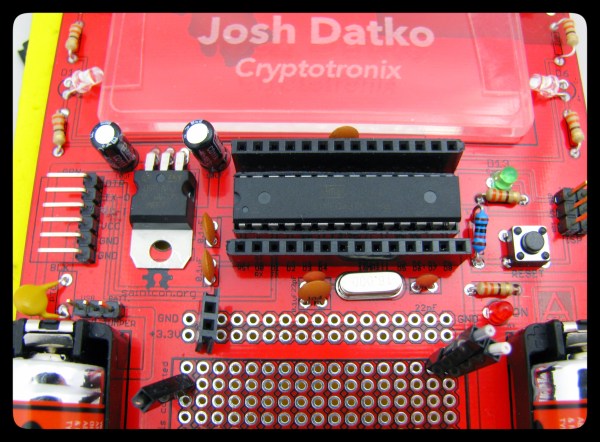Bags are packed… it’s insane the amount of random electronics I carry with me on a trip. But who doesn’t want to do some prototyping on the plane?
In case you haven’t heard, the Hackaday Crew is headed to Munich. The coming week is Electronica. We’ll be prowling “the world’s leading trade show for electronic components” looking for the jewels of interest to the hacking community. Watch our Twitter feed for updates on those adventures.
But of course, Thursday the 13th is all about Hackaday Munich. The place will be packed! During the afternoon we feature hands-on hacking of embedded systems. The hardware we’re supplying is already spoken for. But you should bring along your own dev boards to hack on, or just come to watch the fun.
Get a ticket to The Hackaday Prize party. This includes a talk by [Sprite_TM], the announcement of the Grand Prize winner for the 2014 Hackaday Prize, followed by a party with music by [DJ Muallen]. Nobody should miss this event so please help get the word out. See you there!



